
Curator’s statement
Spain fascinated me long before my spur-of-the-moment long weekend in Madrid. Where else could I see a Hieronymus Bosch masterpiece by day and Flamenco by night? Where else could I visit great monuments of Islam by day and take a walking tour of pork-based tapas by night? And where else could I immerse myself in a rooftop infinity pool atop a centuries-old spa overlooking one of the country’s most beautiful plazas?
Spain, of course.
Does Spain enchant you, as it does me? Elegant Madrid, magical Granada, breathtaking Cordoba, ancient Cadiz and gorgeous Seville await. All with rich history, food and wine and world-class hotels.
I have selected highlights of many trips to curate my ideal itinerary for Madrid and Andalusia. The large part of southern Spain, ruled for over 700 years by Moorish rulers who helped Christians, Jews and Muslims live peacefully together.
Madrid is the best point to start your trip to Spain. The beautiful Barajas Airport welcomes you, with its undulating ceilings resembling a bird in flight. Madrid is a cosmopolitan hub filled with art and culinary hot spots and welcomes visitors with open arms.
The Fora Difference
Book with Jim to access exclusive perks and experiences on your trip.
Killer perks
Free upgrades, spa credits and more—we got you
Personalized recs
Customized travel planning for your style
Insider knowledge
Expert advice from people who’ve actually been there
Where to stay
Unlock perks by contacting Jim to book your trip.
Day 1: Arrive in Madrid
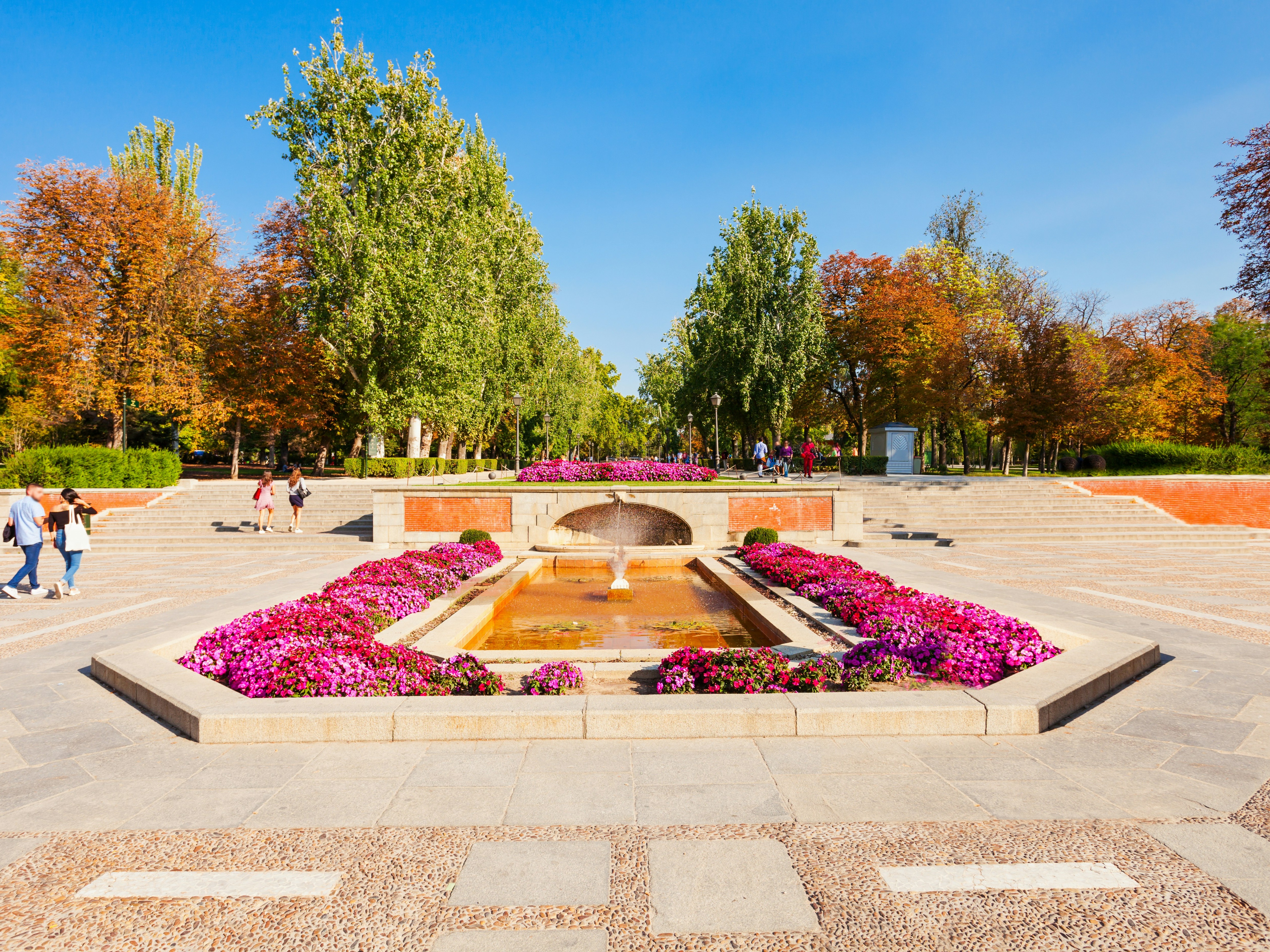
Arrival day, after checking into your hotel, is ideal for finding a café for lunch, which in Madrid starts around 1:00. Plaza Santa Ana is where I head. It has the choice of many cafes spilling out onto the plaza, and the location of one of my favorite hotels, the ME Madrid Reina Victoria. If you are up for a walk, the Royal Botanical Gardens are an excellent destination. This walk takes you through some beautiful streets and plazas along the way. The gardens have an excellent café for a coffee or cold drink (and nice restrooms).
Dinner in Spain is late, starting after nine and in full swing after 10.
Pro tip: If Spanish dinner time is too late for you — especially if you just arrived on a flight from the US - many restaurants, cafes and bars serve tapas and drinks from about 6:00 onwards. You can assemble a great dinner of tapas, enjoy great wines and get a good night’s sleep.
Day 2: Madrid museums
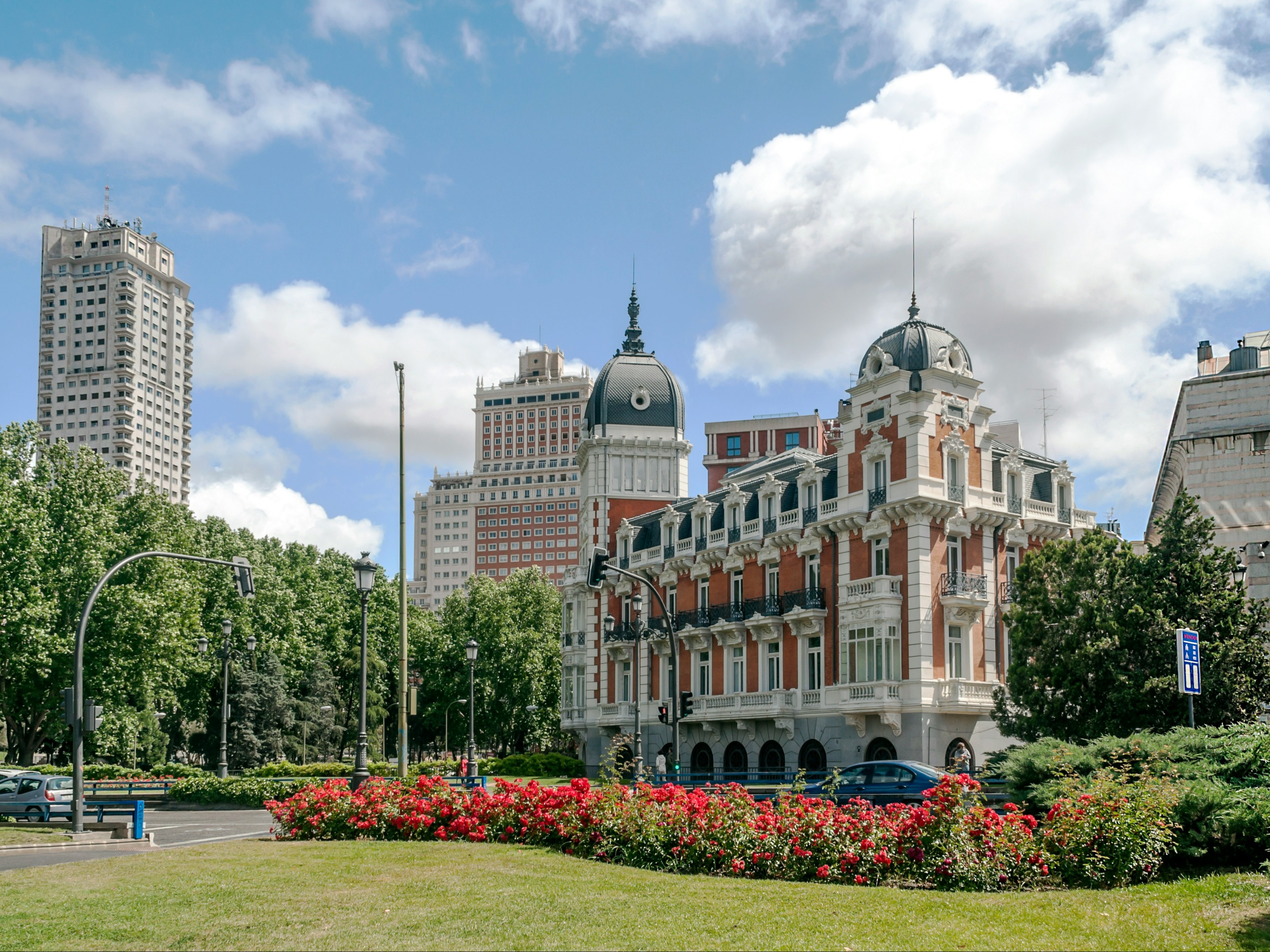
Madrid has some of the most acclaimed museums in the world. The Prado is on par with the Louvre in Paris and the Met in New York. It’s big, really, really, big. Pro Tip: view the website in advance and choose what you want to see. I am a fan of Greek and Roman sculpture, so on my last visit I spent time in those galleries first and then wandered and visited the mind-blowing “Garden of Earthly Delights” by Hieronymus Bosch.
Two other museums are exceptional, and if you are an art lover, should not be missed. The Reina Sofia focuses on twentieth-century Spanish art, including Picasso’s “Guernica” and masterworks by Dali and many others.
The Museo Thyssen-Bornemisza houses a stunning collection reaching from the 1300’s to the 20th century, including great works of impressionism. The museum is located across the boulevard from the Prado, has an excellent café, and bleacher-like seating to watch the world go by.
Pro Tip: don’t try to do too much in a day. A couple of hours at one museum could be plenty for a day. The museums have cafes if you need sustenance.
Day 3: Madrid markets
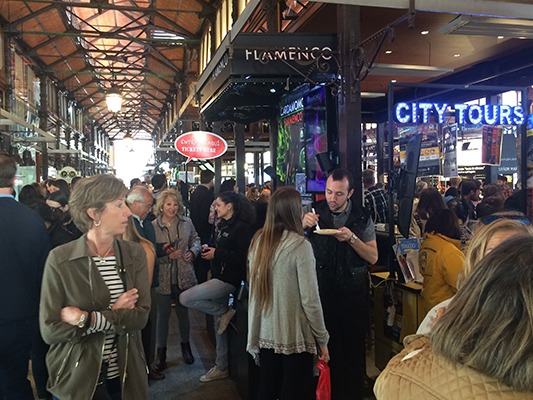
Madrid is a great city for wandering and for food, which makes a walk to the Mercado San Miguel doubly rewarding. The beautiful structure houses dozens of counters and stalls serving ready-to-eat specialties from all over Spain, plus a selection of Spanish bubbly “cava” and wine.
If you love chocolate, cast caution to the wind and add San Gines to your itinerary. The are justly famous for their churros and hot chocolate. It’s also a great spot to buy beautifully packaged chocolate gifts.
Day 4: Travel to Granada
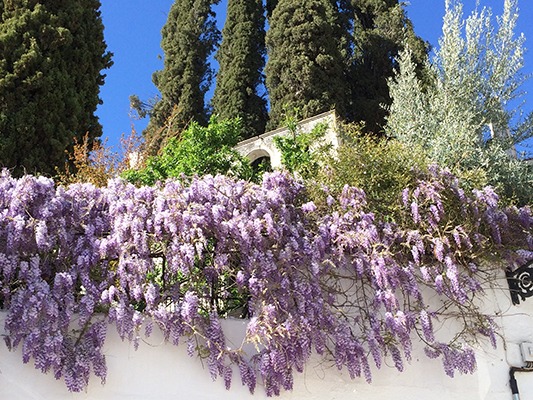
Spain’s rail system makes getting around the country easy and comfortable, especially when traveling in very affordable first class.
Arrive, settle into your hotel and wander the old town. Granada is famous for serving free tapas with your drinks. It’s a fun way to start your visit.
Day 5: The Alhambra

I dreamt of visiting the Alhambra for decades and finally had the chance to make that dream a reality. What I didn’t know is that Granada is a gorgeous small city that was once a center of power and culture. The Alhambra was home to both the Islamic rulers and later the Christians conquerors. Miraculously, it survived mostly intact. Today, the complex of palaces and restored gardens provides a breathtaking trip back in time.
Pro Tip: schedule your visit for the morning opening and get to the gate early. Once inside, go to the farthest building, which you’ll have mostly to yourself, and soak in the atmosphere. You can then slowly work your way back across the entire park.
Day 6: Arrive in Cadiz
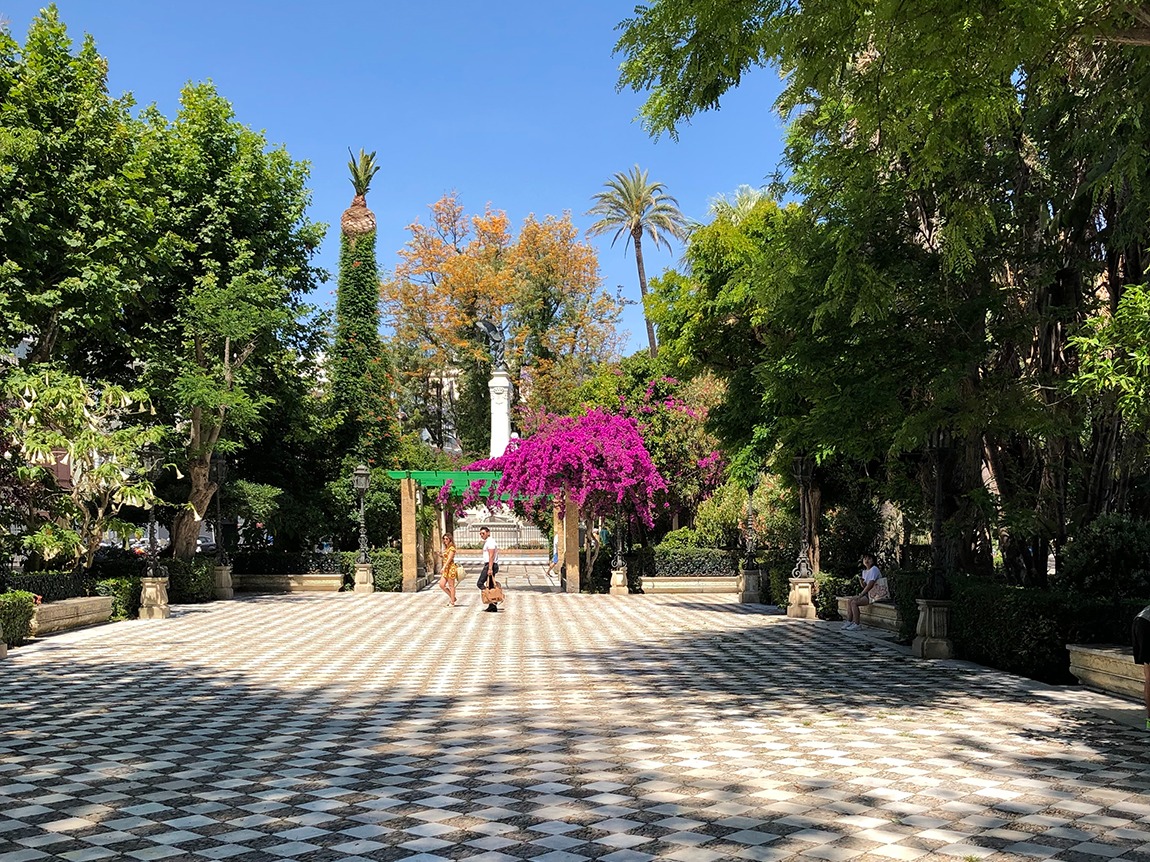
Projecting into the Atlantic just west of the Straights of Gibraltar is charming Cadiz, surrounded by gorgeous beaches and close to ferries to Morocco. Continuously inhabited longer than any other city in Europe, Cadiz is a must when visiting Andalusia.
I live a long way from the ocean, so when I have a chance for some quality beach time, I grab it. Cadiz is the perfect spot to soak up ancient history, swim in the Mediterranean and work on your tan.
The old city is situated on a fist-shaped promontory jutting out into the ocean. Once you are checked into your hotel, you can explore the city by walking along the ramparts, glorious public gardens, or through the ancient streets and plazas.
Day 7: Cadiz beaches
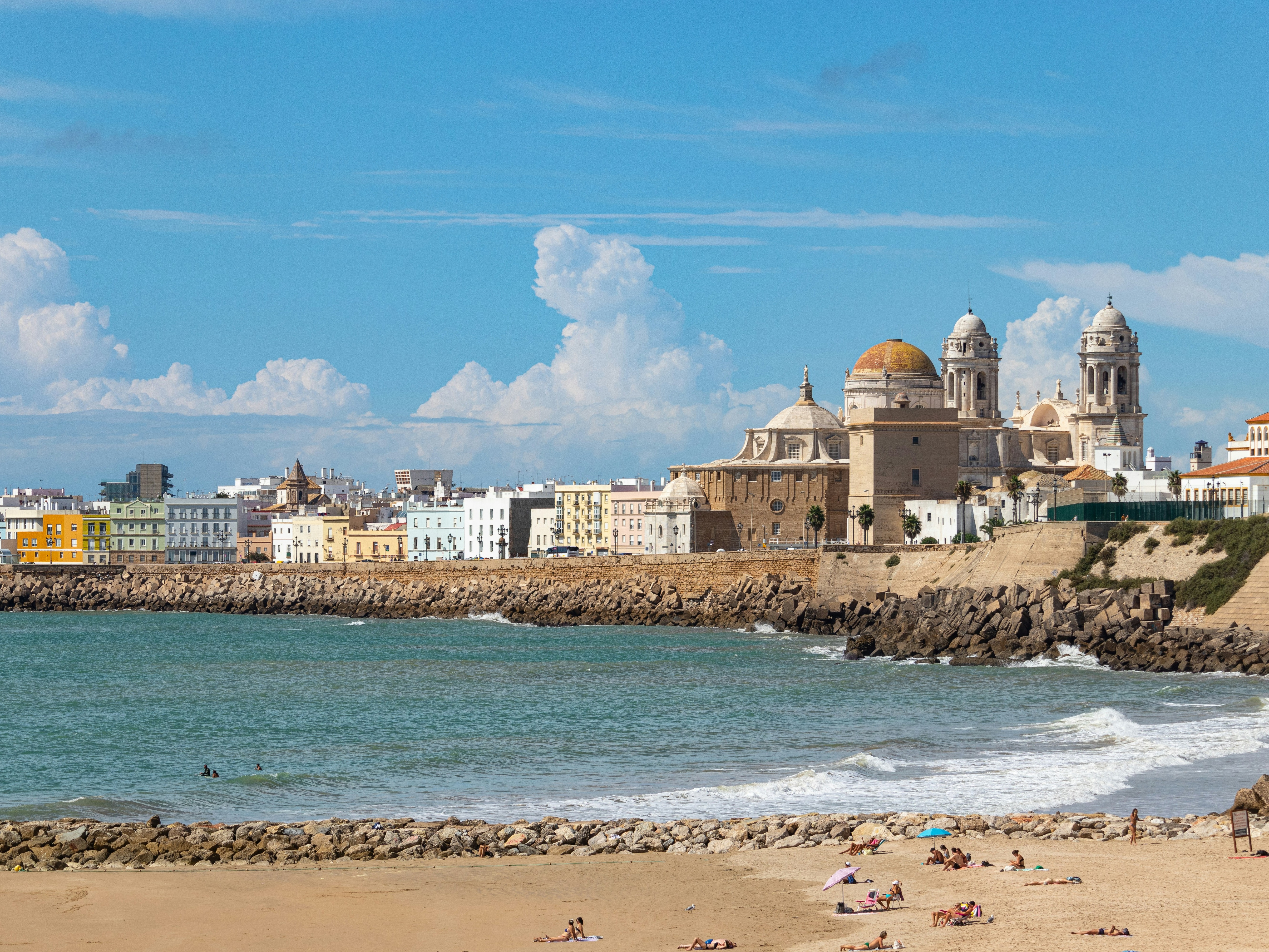
The beaches of Cadiz are beautiful, and like beaches throughout Europe, are replete with restaurants and furnished with lounges and umbrellas. The strip of beaches starts about a fifteen-minute walk from the old town.
Pro tip: Spain goes to the beach later in the day, with lots of people arriving after two. If you’re planning a full day at the beach, arrive around 11, get your loungers, have lunch at a beach restaurant and enjoy.
Day 8: Cordoba Old Town
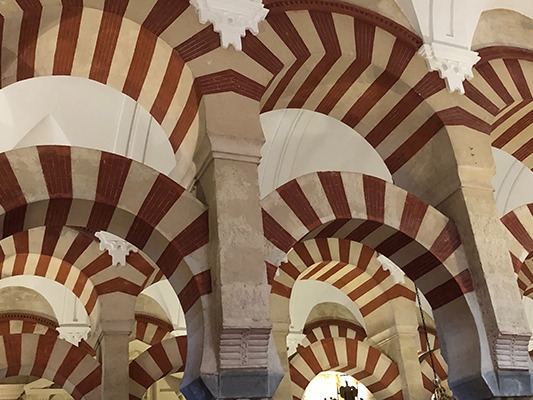
In Cordoba, if you stay in the old town, which I strongly suggest, expect to be amazed by your taxi driver driving very narrow streets. Sometimes, the taxi is only an inch between the taxi and a wall. The NH Collection Amistad Cordoba is a lovely hotel tucked away in the heart of the old city, with a courtyard pool. It gets very hot in Cordoba, so bring your bathing suit.
Cordoba is a great place to wander around. It has a Roman bridge, Moorish gardens and palaces, and cathedrals. So, take advantage of your central location and explore the beautiful town. The Roman arch and bridge (yes, those Romans) is a great destination for your walk.
Day 9: History in Cordoba
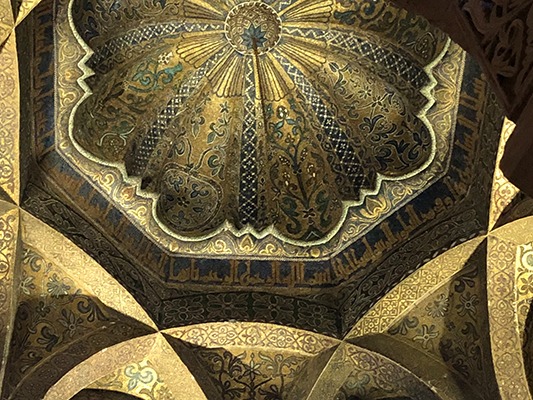
Cordoba is home to the stunning Mezquita, a huge mosque dating from 784 A.D, later topped with a Catholic cathedral. It is one of the masterworks of Islamic architecture. On entering, the sheer scale of the Mezquita literally took my breath away. The field of striped arches leads to niches intricately patterned in gold. There is so much history to absorb, I strongly recommend a private guide.
Day 10: Pampered in Seville
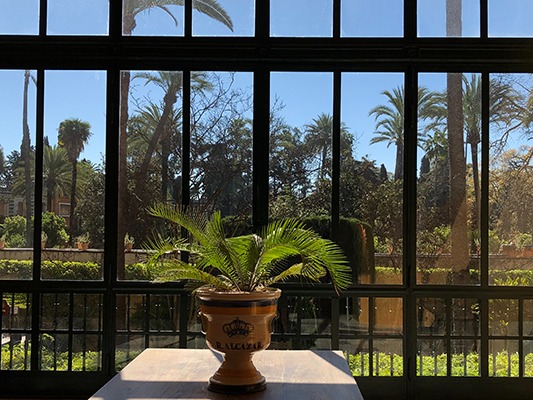
Seville is a city that combines the past and the present. It has great food, wine, history, art and architecture. It also has old Moorish baths.
A tapas tour is a great way to get oriented. Spain’s famous Jamon Iberico is on full display as you sample, learn, and sip excellent wines.
Pro tip: If you are not into pork, this won’t be for you. And if you do take a tapas tour, pace yourself as you go. The tour I took had six or seven stops, with generous tasting portions. It’s easy to fill up fast.
I had heard about Aire Ancient Baths and was intrigued. Part of an international chain of well-run spas, Seville’s ancient baths are tucked away in the old town, and housed in a palace that spans five centuries. The baths are co-ed, so bring your bathing suit. To start you’ll be led to the rooftop infinity pool overlooking the Cathedral and the city, followed by indoor candle-lit pools. I booked a massage as well, and glad I did. It was excellent.
Day 11: Architecture in Seville

Seville's Cathedral and Giralda
La Giralda, the great bell tower of the Cathedral, was originally built as the minaret of the Great Mosque. The Cathedral itself is the world’s largest Gothic cathedral, built on the site of the mosque.
Close by is the Real Alcazar, the royal palace complex. Throughout the buildings, you’ll see the interplay of Islamic and Christian design, linked in the history of Spain. If it looks familiar, that’s because it was a location for Game of Thrones.
Need to know
Seville offers much more, but it’s time to head home. I hope you have enjoyed our trip to Spain as much as I have.

Travel Advisor
Jim Feldman

Get in touch with Jim
Did you like this guide? Reach out to customize and book your own experience. Or, just to chat about travel in general.
You can expect a response from Jim within 1–2 business days. You’ll also be subscribed to our traveler newsletter (you can unsubscribe at any time).
This itinerary is a part of our ongoing series on travel to Spain. For more travel tips, check out Fora Advisor Juli Hall's guide, 3-Day Family-Friendly Guide to Madrid, Spain.